Practically a brother to the world-famous banana, plantains are far starchier, though lower in fructose sugars. Unlike bananas, they may be eaten either ripe or unripe, but require cooking, hence their moniker of cooking bananas1.
According to a research assay conducted by U.C. Davis, the optimal temperature for preservation of plantains is only 50-54°F, so long as the appropriate humidity and airflow is maintained2. In short, it is advisable to only keep your plantains at a near-freezing temperature instead. It is possible, however, to still freeze them despite this.
Preparing the Plantains for Freezing
To start, you will need a paring knife and a resealable plastic pouch or freezer bag.
In order to begin freezing your plantains, the initial step to take is to peel the fruit using your paring knife.
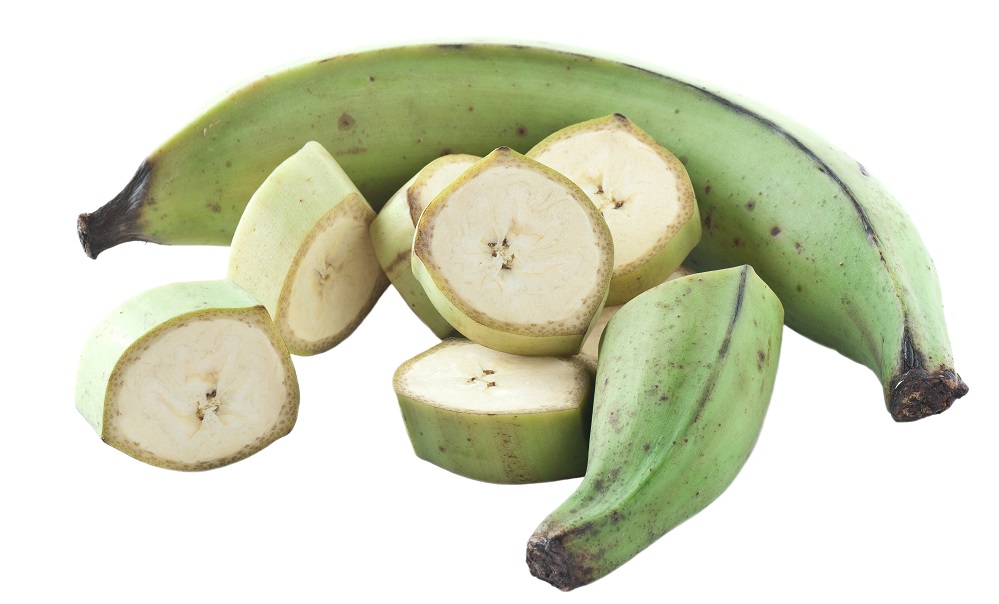
Once peeled, remove both ends of the fruit. Slice into the appropriate thickness of your planned use and store in a freezer bag or plastic pouch.
Press any excess air out of the bag. Ensure that the cooking bananas are placed in such a way that they are not subjected to any pressure or crushing, as this will turn them to mush.
Freezing Mashed Plantain
If instead you wish to freeze mashed plantain, you will need a spoon, a bowl, acidic liquid such as lemon juice or citric acid and an air-tight container.
Much like freezing sliced plantain, the first step to freezing mashed plantain is to peel it and remove both ends of the fruit. This is to ensure a more even texture, especially with the effects freezing has on mashed plantain.
Once the plantains have been peeled and the ends removed, place the fruit in a sufficiently large enough bowl and mash with a spoon. While mashing, incorporate approximately three teaspoons of your lemon juice or similar liquid.
The addition of acidic liquid will both slow down enzymatic action and help maintain your plantain’s texture.
After properly mashing and mixing, spoon the mashed fruit into an air-tight container, leaving about an inch of space between the container’s cover and the plantain. This will ensure that any expansion from water crystallization will not break the container.
How to Thaw Frozen Plantains
In order to thaw sliced frozen plantains, all that is required is to place them in the cooking vessel of your choice. Boil, fry, steam or bake according to the recipe you are following, with no other steps required.
However, in order to thaw mashed plantains, it is far more advisable to remove the container from the freezer and to leave it in the fridge for up to eight hours or until it grows soft once more. After defrosting in the fridge, simply proceed to cooking as normal.
Texture Loss in Plantains when Frozen
In the case of freezing whole or sliced bananas, it is important to keep in mind that some pieces will develop bruising and browning as well as a less stiff texture. This is because of water within the cells rupturing from being frozen, and is not a sign of spoilage.
Mashed plantain, when frozen, will develop a more creamy and homogenous texture, so long as the plantains were properly ripened before freezing.
How Long do Plantains Last at Room Temperature?
In the event that you have left your plantains out in the open, it is possible for them to last up to five days, so long as proper conditions have been met.
Ensure that the plantains are kept in a dark and dry area of your kitchen, far from heat or direct sunlight.
Another factor to consider is the ripeness of the plantain, as enzymes present within the fruit can cause it to decay rapidly if catalyzed. If wishing to store your plantains on the counter-top, it is best to purchase them somewhat unripe.
On the other hand, should you wish to ripen them rapidly, wrap the plantains in a paper bag and seal it.
How Long do Plantains Last in the Fridge?
To keep the plantains from spoiling for up to seven days, it is advisable to place them within your refrigerator, though this will take a few steps.
Keep in mind that the low temperatures of a fridge will slow down or even stop the ripening enzymes of the plantains. Because of this, it is best to refrigerate plantains that have already ripened, as they may spoil before ever reaching that stage if placed in the fridge while unripe.
How to Store Plantains in the Fridge
To store plantains in the fridge, separate the individual fingers from the rhizome or base and pat dry with a tissue. Excess moisture on the surface of the fruit will accelerate the development of any microorganisms present.
Once dry, place the individual plantains in a resealable plastic bag. Ascertain that they are not pressed together too tightly, as this could rupture the peels. Push out any extra air in the bag and refrigerate for up to seven days.
Signs of Possible Spoilage in Plantains
In whole and unpeeled plantains, signs of spoilage are usually visual in form. If the peel has grown completely dark, or has split and discharges fluid, it is best to dispose of the plantain.
Apart from visible signs of spoilage, any unusual odors emanating from the plantain can also be a warning that they are reaching their expiration date.
In sliced or mashed plantain however, the peel is not present and it may be difficult to visually identify if they are going bad.
Instead, sniff the plantain. If an alcohol-like or sour smell is present, this indicates that fungi and bacteria have colonized the fruit. Dispose of the plantains immediately.
Keep in mind that freezing plantains will alter their texture, making it softer. This is entirely normal, and is not a sign of spoilage if not accompanied by other indicators.
References:
1. Paul Turnbull (5 May 2004). “Plantains”. South Seas Companion.
2. Keri L. Morrelli and Adel A. Kader (October 2002) “Fruit Produce Facts English Plantain” UC Davis Postharvest Center – http://postharvest.ucdavis.edu/

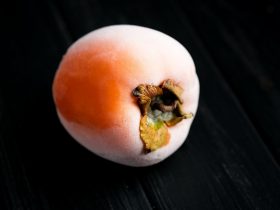
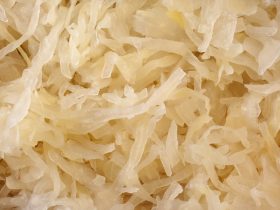
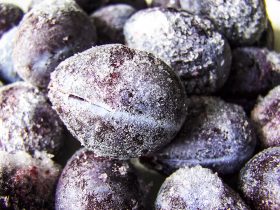
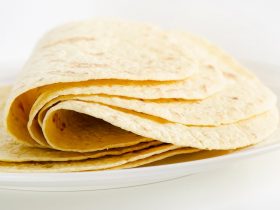
Hi, I'm Dom
Dom Eats was started to help other people fall in love with food. While cooking can feel intimidating, it doesn't have to be.